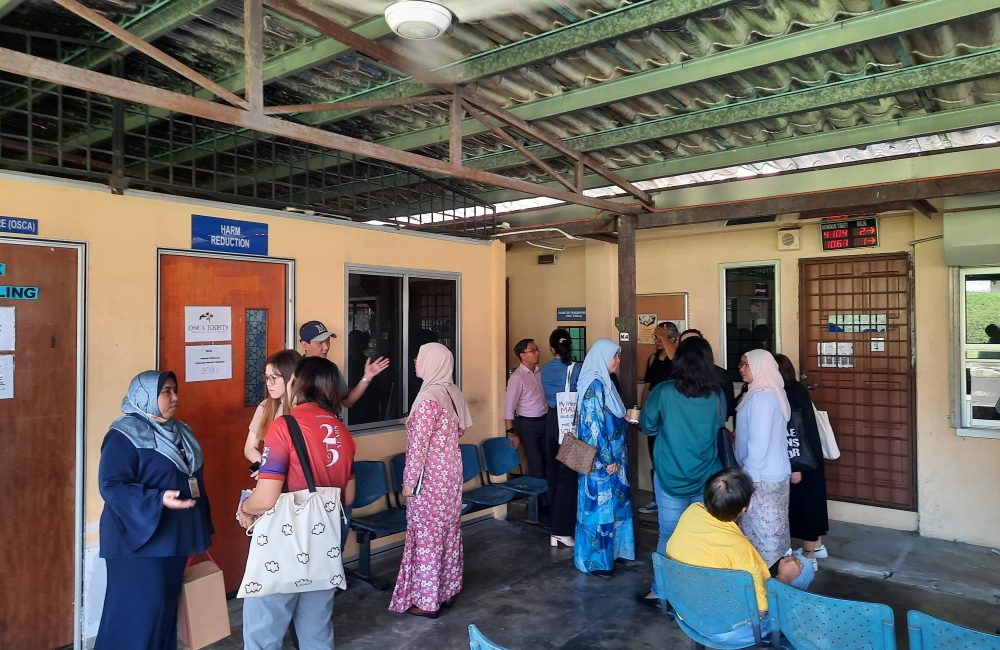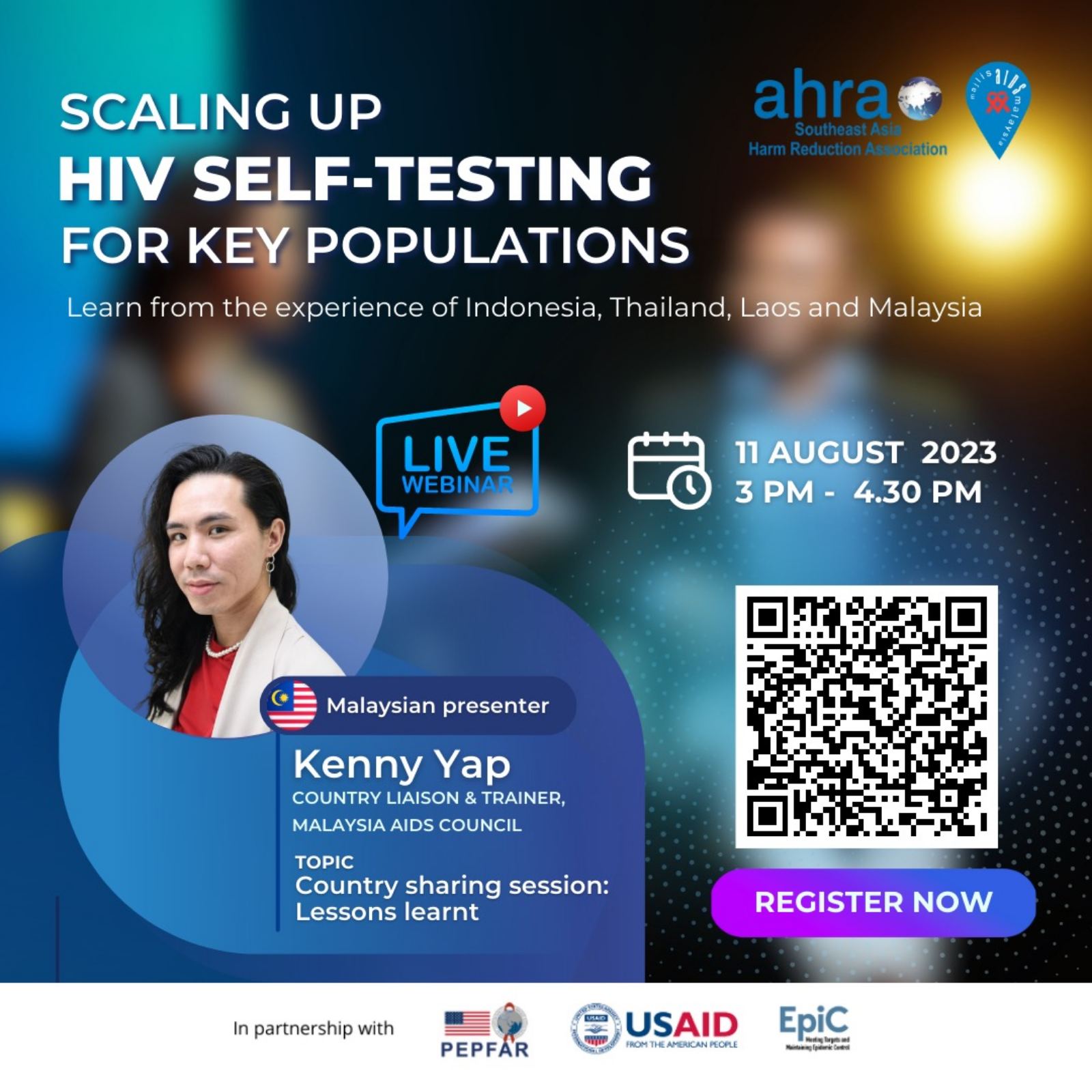
Visit to the One Stop Crisis Centre (OSCC), Kuala Lumpur, Malaysia
AHRA Exchange Visit in Malaysia 2023: Strengthening Capacity for Harm Reduction Support and Policy Advocacy in Southeast Asia – Findings
The Southeast Asia Harm Reduction Association (AHRA) Exchange Visit in Malaysia, held from October 30th to November 4th, 2023, was a crucial initiative aimed at enhancing the skills and capabilities of the AHRA Country Liaison Trainers (CLT) Team. The primary focus of this visit was to strengthen exchange of harm reduction support and policy advocacy efforts across Southeast Asia.
Understanding Harm Reduction Services: Insights from the One Stop Crisis Centre (OSCC) Visit
The visit to the One Stop Crisis Centre (OSCC) was instrumental in the participants’ understanding of how harm reduction services can be integrated into primary care clinics. The majority of participants (17 out of 18) affirmed the value of this visit, recognizing it as a critical learning experience.
The OSCC visit highlighted the practical application of harm reduction within primary care settings, demonstrating how these services can be incorporated to improve healthcare delivery for people who use drugs. This knowledge is expected to empower participants to enhance harm reduction services in their respective countries, ultimately leading to better healthcare outcomes for key populations.
Key Learnings from the Primary Care Clinic Visit
Participants found the visit to the primary care clinic to be highly valuable, gaining several important insights that can be applied to improve harm reduction services in their home countries:
- Integrated Service Delivery: The clinic’s ability to provide comprehensive harm reduction services in a single location was highly praised. This model ensures that clients can access a wide range of services without needing to visit multiple locations, enhancing both convenience and continuity of care.
- Effective Coordination: The importance of strong coordination between government bodies, non-governmental organizations (NGOs), and community-based organizations was underscored.
- Operational Excellence: Participants gained insights into the effective management of a clinic offering harm reduction services. The dedication and compassion exhibited by clinic staff were particularly noted, highlighting the human element as a critical factor in the success of these services.
- Visibility and Accessibility: The clinic’s openness and visibility were seen as crucial in reducing stigma and ensuring that people can access services without fear or hesitation. The acceptance of clients “where they are” reinforces a non-judgmental approach to care, which is essential for reaching marginalized populations.
- Smooth Service Flow: The visit showcased the smooth operational flow of harm reduction services, demonstrating how a well-structured system can efficiently meet the needs of people who use drugs.
- One-Stop Service Model: The success of the one-stop service center model was evident, with participants observing how hospital leadership and ownership can drive the effectiveness of integrated services. This model bridges various services, such as Methadone and Suboxone treatments, providing holistic care to the community.
- Collaboration for Success: The collaborative efforts between different organizations and government entities were highlighted as a key factor in the clinic’s success. This partnership approach is essential for scaling harm reduction services across the region.
- Comprehensive Approach: The benefits of a comprehensive and integrated approach to harm reduction were emphasized, particularly the inclusion of a dedicated harm reduction unit within the clinic. This ensures that services are tailored to meet the specific needs of key populations.
- Client Empowerment: The creation of support groups by clients as a result of the programs was seen as a positive outcome, reflecting the empowering nature of these services.
- Community-Friendly Services: The clinic’s provision of adequate facilities and community-friendly services, while maintaining clients’ privacy, was recognized as a model of best practice.
The visit to the primary care clinic offered participants a wealth of knowledge on the organization and delivery of harm reduction services. The insights gained underscore the importance of coordination, collaboration, and compassion in providing these vital services. By applying these learnings, participants are well-positioned to enhance harm reduction services in their respective countries, contributing to the overall improvement of healthcare for people who use drugs in Southeast Asia.


